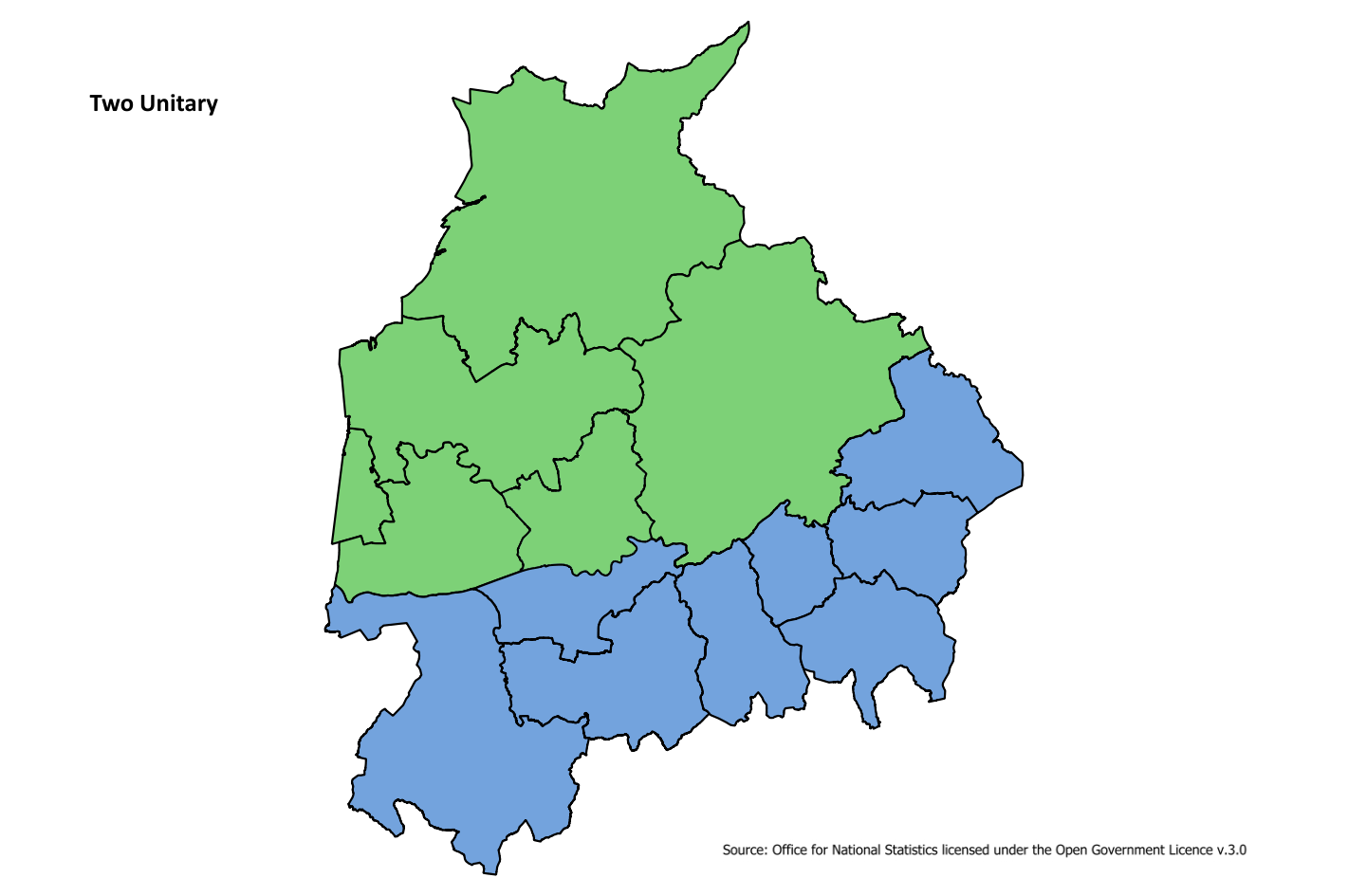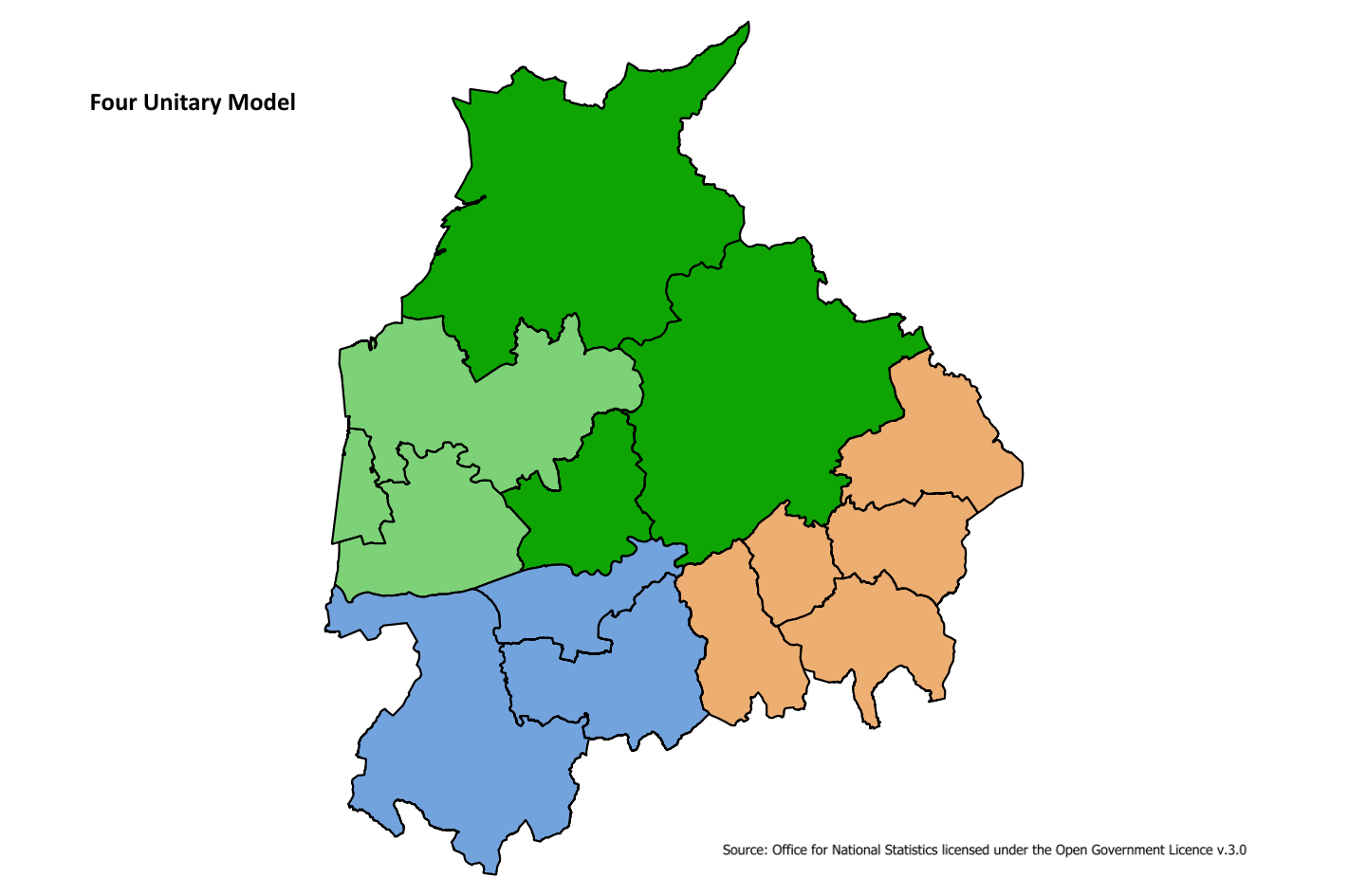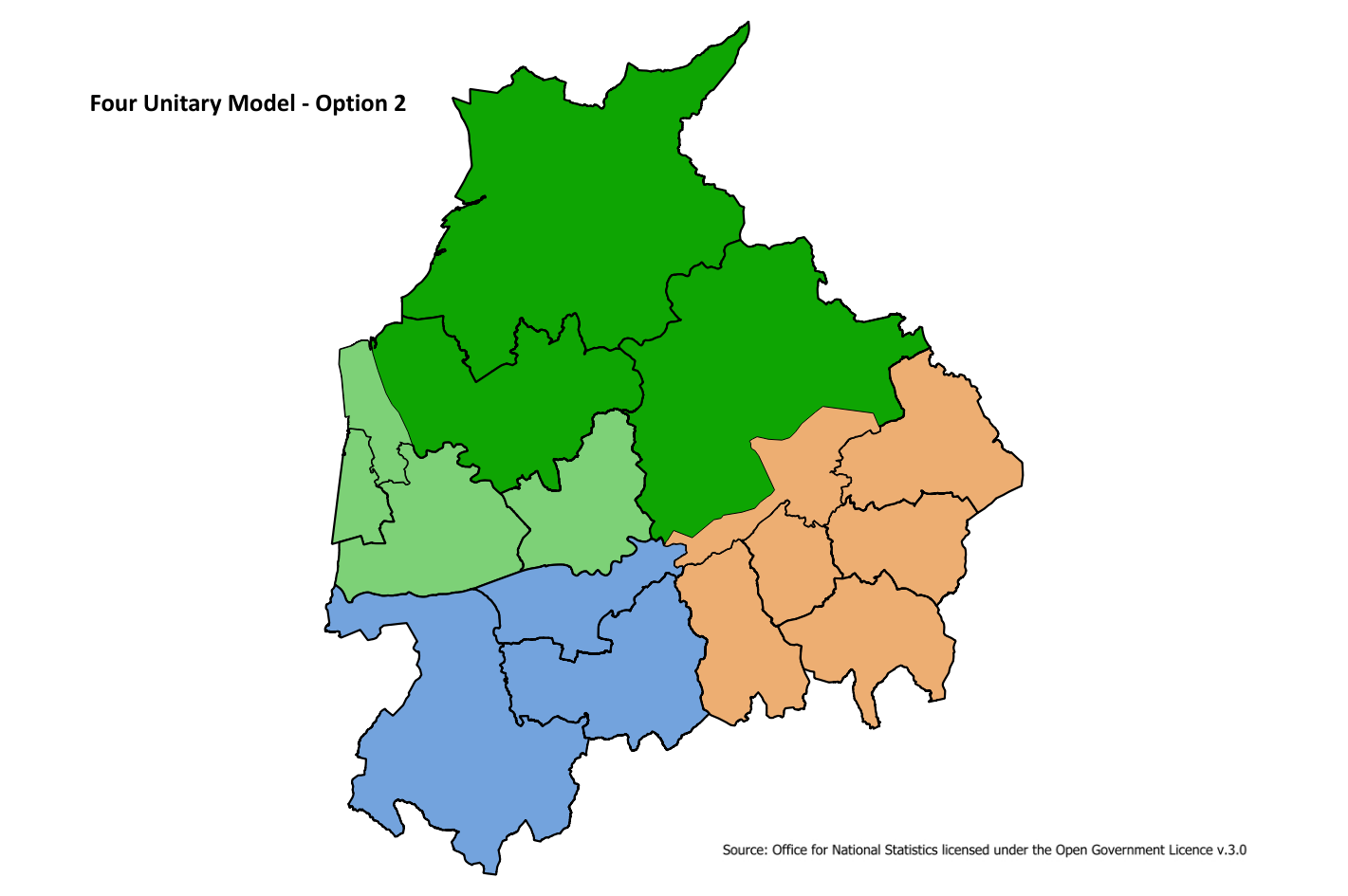Council’s across Lancashire have submitted business case proposals to help determine the most effective unitary structure for the county. We now await the government’s response and will provide further updates as the process progresses. The next stage is expected to include a period of consultation, followed by a final decision once the review is complete.
The proposals outline how local services could be delivered in the future, supported by maps and visual information for residents and businesses.
Once received, the Minister for Housing, Communities and Local Government will review the proposals and carry out consultation before deciding which structure will be implemented through parliamentary approval.
Lancashire’s Current Structure
Lancashire currently operates a two-tier system of local government made up of:
- Lancashire County Council – responsible for services such as education, highways, transport and social care.
- District and Borough Councils, including Fylde Council- responsible for services such as waste collection, planning, housing, leisure and environmental health.
- Unitary Councils – Blackpool and Blackburn with Darwen, which provide all local government services within their area.
Under Local Government Reorganisation, these arrangements would be replaced by a smaller number of unitary councils, each delivering all local services within their boundaries.
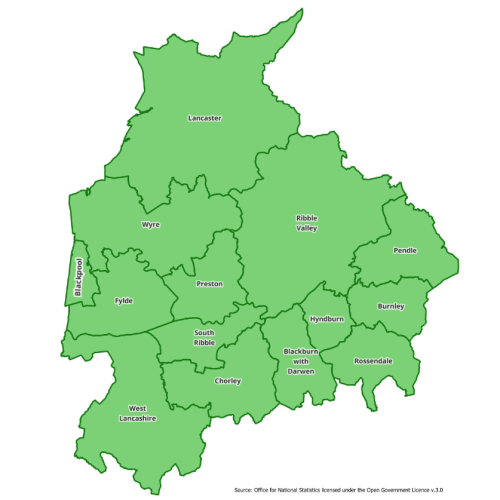
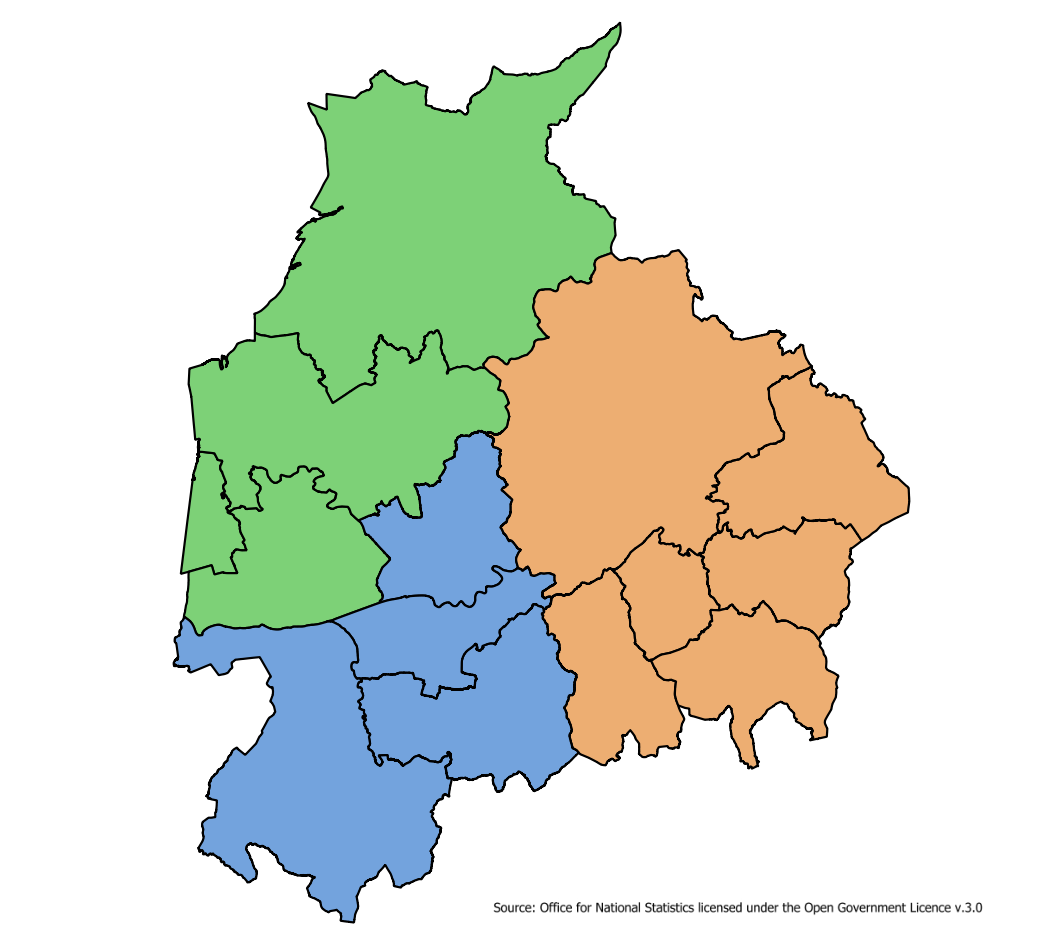
Fylde’s Preferred Option
Fylde Council operates successfully as a borough council offering good value for money. However, as part of the Government-led Local Government Reorganisation (LGR) process, all Lancashire councils are required to develop proposals for future arrangements.
Fylde is supporting a three-unitary council proposal because it will be the best option for the communities in Fylde and most closely aligns with the criteria for new arrangements set out by Government.
A three-unitary option for Lancashire would bring together Fylde, Blackpool, Wyre and Lancaster to form a new authority with shared interests in tourism, transport, energy, industry and coastal management, representing around 500,000 residents.
The proposal sets out how this option could:
-
Deliver estimated savings of £188.4 million by 2032
-
Maintain strong local identities for towns and communities
-
Reflect how many existing public services, such as health and policing, are already organised
-
Support services delivered close to local communities
Additional Proposals
Alongside Fylde’s preferred three-unitary option, several alternative business case proposals are being considered across Lancashire:
- Two-unitary model
- Two different four-unitary models
- Five-unitary model
Full details of all business case proposals can be viewed below.
The Timeline for LGR in Lancashire
- 16 December 2024: The UK government published the English Devolution White Paper, confirming plans for major structural changes in two-tier areas such as Lancashire.
- 5 February 2025: Government formally invited Lancashire councils to work together on proposals for Local Government Reorganisation.
- 21 March 2025: Deadline for councils to submit an interim joint plan, including all five proposals.
- 28 November 2025: Deadline for councils to submit final, detailed proposals to government.
- Winter 2025: MHCLG consultation on the business case proposal for unitary councils.
- Spring 2026: The minister will announce the arrangements to be put in place put regulations before parliament.
- May 2027: Shadow Authority will be elected based on the unitary council’s proposed, they will operate in parallel with the existing authorities.
- 1 April 2028: Vesting Day, the new unitary councils become fully operational, taking over services currently delivered by county and district councils, the 15 current Lancashire authorities will be abolished.

